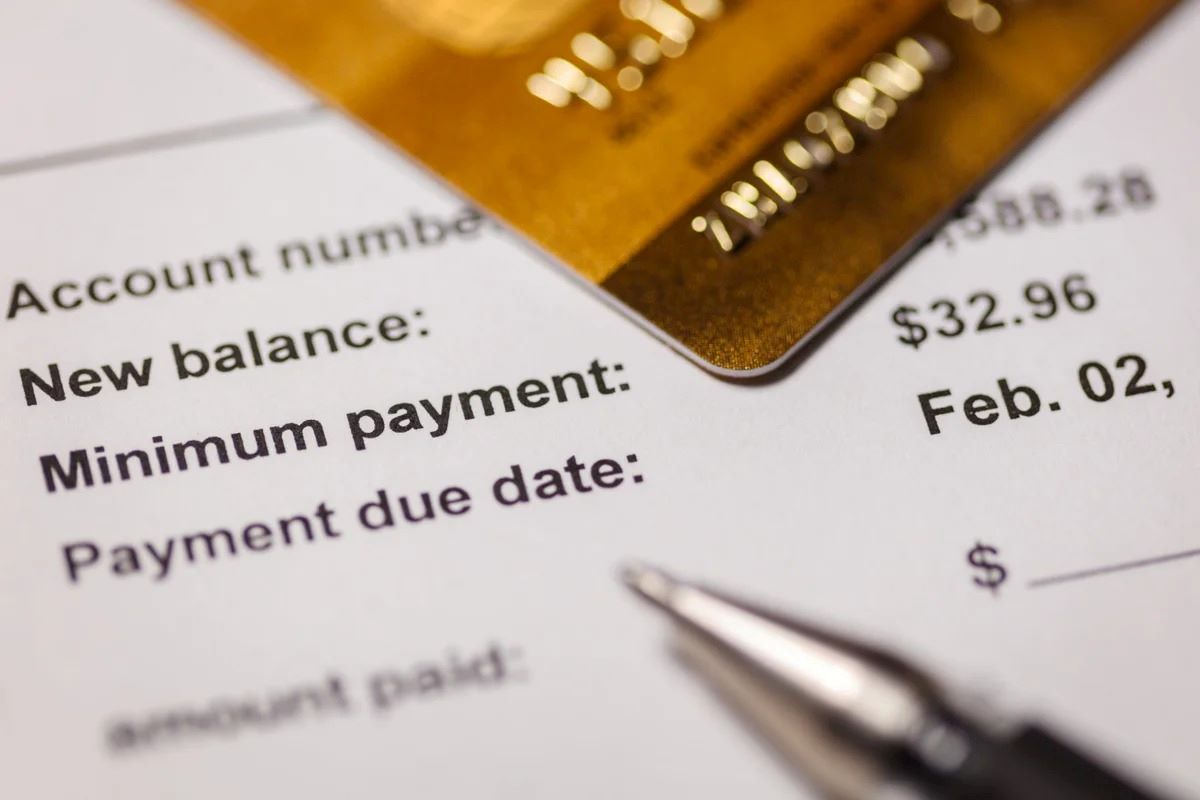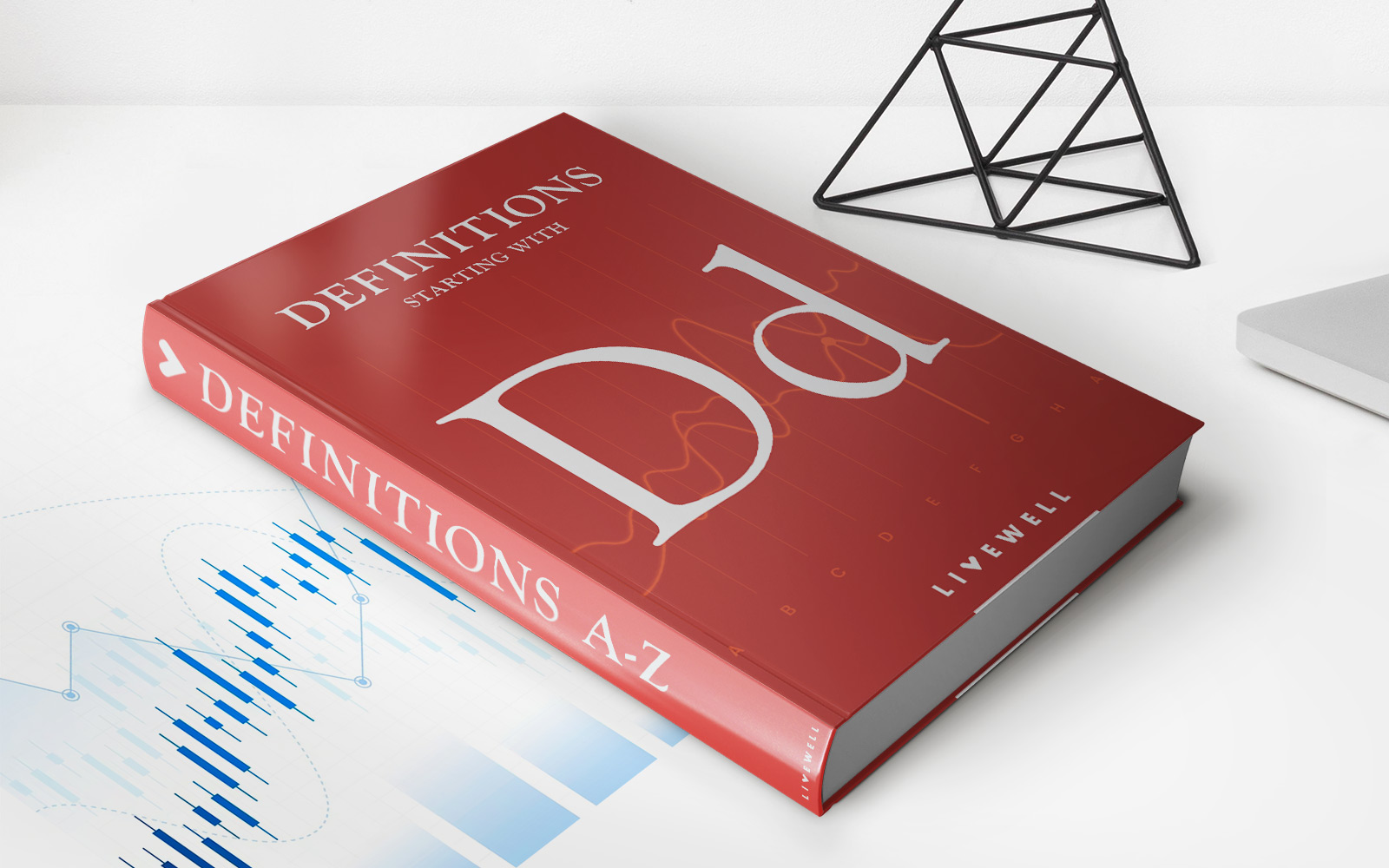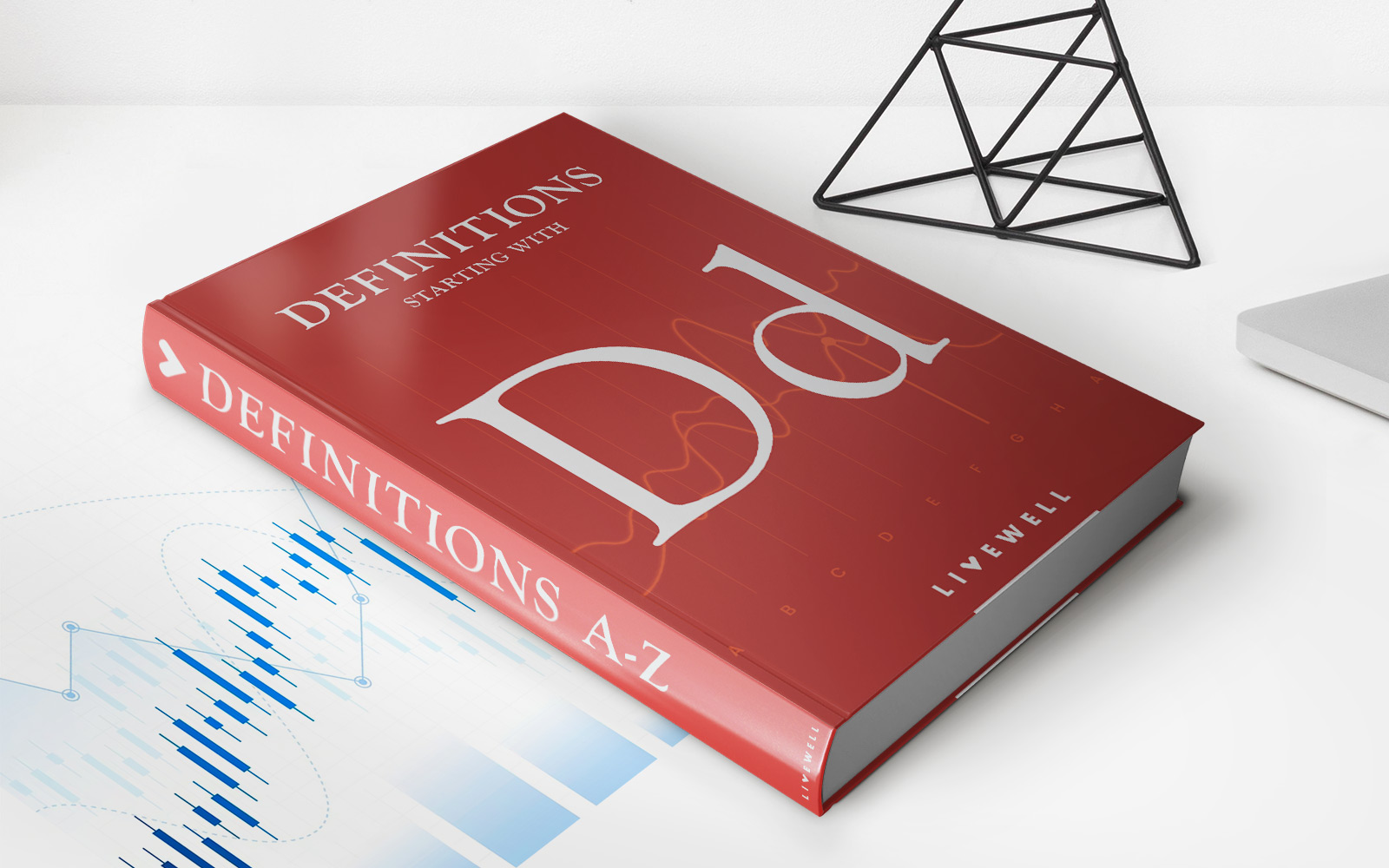Home>Finance>Why Is It Unwise To Make Only The Minimum Payment On A Credit Card


Finance
Why Is It Unwise To Make Only The Minimum Payment On A Credit Card
Published: February 25, 2024
Learn why making only the minimum payment on a credit card is unwise and how it can affect your finances. Find out how to manage your credit card debt effectively.
(Many of the links in this article redirect to a specific reviewed product. Your purchase of these products through affiliate links helps to generate commission for LiveWell, at no extra cost. Learn more)
Table of Contents
Introduction
Credit cards offer convenience and flexibility, allowing individuals to make purchases and manage expenses with ease. However, the allure of minimum payments can lead to a deceptive and costly cycle. In this article, we will explore the pitfalls of making only the minimum payment on a credit card, shedding light on the long-term consequences and financial strain that can result from this approach.
By delving into the detrimental effects of the minimum payment trap, we aim to provide readers with a comprehensive understanding of why it is unwise to fall into this pattern. From the accumulation of interest to the negative impact on credit scores and the potential for long-term debt, each aspect will be examined in detail. Ultimately, this exploration seeks to empower individuals to make informed decisions regarding their credit card management, promoting financial well-being and stability.
It's crucial to recognize that while minimum payments may offer temporary relief, they can ultimately lead to a cycle of debt and financial hardship. Through this article, readers will gain valuable insights into the importance of managing credit card payments responsibly, thus avoiding the pitfalls associated with the minimum payment trap.
The Minimum Payment Trap
Many credit card companies entice cardholders with the option of making minimum payments, which typically amount to a small percentage of the total balance. While this may seem like a convenient way to manage immediate financial obligations, it often leads to a deceptive cycle known as the minimum payment trap.
Individuals who succumb to this trap may find themselves caught in a cycle of perpetual debt, as the minimum payment primarily covers interest charges, with only a fraction allocated to reducing the principal balance. As a result, the outstanding balance remains largely untouched, leading to a prolonged and costly repayment process.
Moreover, the minimum payment trap fosters a false sense of financial security, lulling cardholders into believing that they are effectively managing their credit card debt. However, in reality, they are perpetuating a cycle of dependency on high-interest debt, which can have severe long-term repercussions.
It’s essential for consumers to recognize the dangers of this trap and understand that while minimum payments may offer temporary relief, they ultimately perpetuate a cycle of debt and financial strain. By shedding light on this deceptive cycle, individuals can make informed decisions about their credit card payments, thus avoiding the pitfalls associated with the minimum payment trap.
Accumulation of Interest
One of the most significant drawbacks of making only the minimum payment on a credit card is the rapid accumulation of interest. Credit cards often carry high annual percentage rates (APRs), resulting in substantial interest charges when only the minimum payment is made. This means that a significant portion of each payment goes towards servicing the interest rather than reducing the principal balance.
As a result, the outstanding balance continues to accrue interest, leading to a scenario where the cardholder may end up paying a substantial amount in interest over time. This not only prolongs the repayment period but also significantly inflates the total amount repaid, making the original purchase much more expensive than anticipated.
Furthermore, the compounding effect of interest further exacerbates the situation, as interest is charged on the outstanding balance, including the accrued interest. Consequently, the overall debt continues to grow, and the cardholder may find it increasingly challenging to break free from the cycle of debt.
By understanding the impact of interest accumulation, individuals can gain insight into the long-term financial implications of making only the minimum payment on a credit card. This awareness can empower them to explore alternative repayment strategies and take proactive steps to mitigate the adverse effects of high-interest debt.
Negative Impact on Credit Score
Consistently making only the minimum payment on a credit card can have detrimental effects on an individual’s credit score. Credit utilization, which refers to the ratio of credit card balances to credit limits, is a crucial factor in determining credit scores. When individuals make only the minimum payment, their credit utilization ratio remains high, signaling to lenders that they may be financially stretched and reliant on credit.
High credit utilization can result in a lower credit score, as it suggests a higher likelihood of default and financial distress. A lower credit score can, in turn, impact the individual’s ability to secure favorable terms on future credit products, such as loans and mortgages. Additionally, it can lead to higher interest rates and reduced access to credit, ultimately impeding financial flexibility and opportunities.
Furthermore, consistently carrying high balances and making only minimum payments can signal to creditors that an individual may be struggling to manage their finances effectively. This perception can further diminish the individual’s creditworthiness, potentially leading to adverse consequences when seeking new lines of credit or financial opportunities.
By understanding the correlation between minimum payments, credit utilization, and credit scores, individuals can appreciate the broader implications of their repayment habits. This awareness can motivate them to adopt responsible credit card management practices, thereby safeguarding their credit scores and financial well-being in the long run.
Long-Term Debt
Making only the minimum payment on a credit card can perpetuate a cycle of long-term debt, significantly prolonging the repayment period and amplifying the overall financial burden. By allocating a minimal portion of the payment towards the principal balance, individuals essentially extend the duration over which the debt remains outstanding.
As a result, what may have initially been a manageable amount of debt can quickly snowball into a long-term financial liability. The compounding effect of high-interest charges further exacerbates the situation, as the outstanding balance continues to grow, making it increasingly challenging for individuals to break free from the cycle of debt.
Moreover, the prolonged repayment period can restrict financial freedom and limit opportunities for saving and investment. Individuals may find themselves allocating a significant portion of their income towards servicing high-interest credit card debt, thereby impeding their ability to build a robust financial foundation for the future.
Furthermore, the psychological burden of carrying long-term debt can contribute to stress and anxiety, impacting overall well-being. The persistent weight of financial obligations can hinder individuals from pursuing their long-term goals and aspirations, creating a pervasive sense of financial insecurity.
By recognizing the implications of long-term debt resulting from minimum payments, individuals can take proactive steps to address their credit card balances and work towards financial freedom. This may involve exploring strategies to increase payments and accelerate debt repayment, ultimately breaking free from the cycle of long-term debt and its associated challenges.
Conclusion
The allure of minimum payments on credit cards can lead individuals into a deceptive and costly cycle, perpetuating a pattern of long-term debt and financial strain. By delving into the pitfalls of making only the minimum payment, it becomes evident that this approach can have far-reaching consequences, impacting both short-term financial stability and long-term well-being.
From the accumulation of interest to the negative impact on credit scores and the potential for long-term debt, the ramifications of the minimum payment trap are substantial. It’s crucial for individuals to recognize that while minimum payments may offer temporary relief, they can ultimately lead to a cycle of debt and financial hardship.
By shedding light on these detrimental effects, this exploration aims to empower individuals to make informed decisions about their credit card management. It is essential for individuals to understand the broader implications of their repayment habits and to explore alternative strategies to mitigate the adverse effects of high-interest debt.
Ultimately, responsible credit card management involves more than just meeting the minimum payment requirements. It necessitates a proactive approach to debt repayment, an understanding of interest accumulation, and a commitment to safeguarding one’s credit score and financial well-being.
By embracing prudent financial practices and avoiding the minimum payment trap, individuals can work towards achieving greater financial freedom, breaking free from the cycle of long-term debt, and pursuing their long-term financial goals with confidence and stability.














